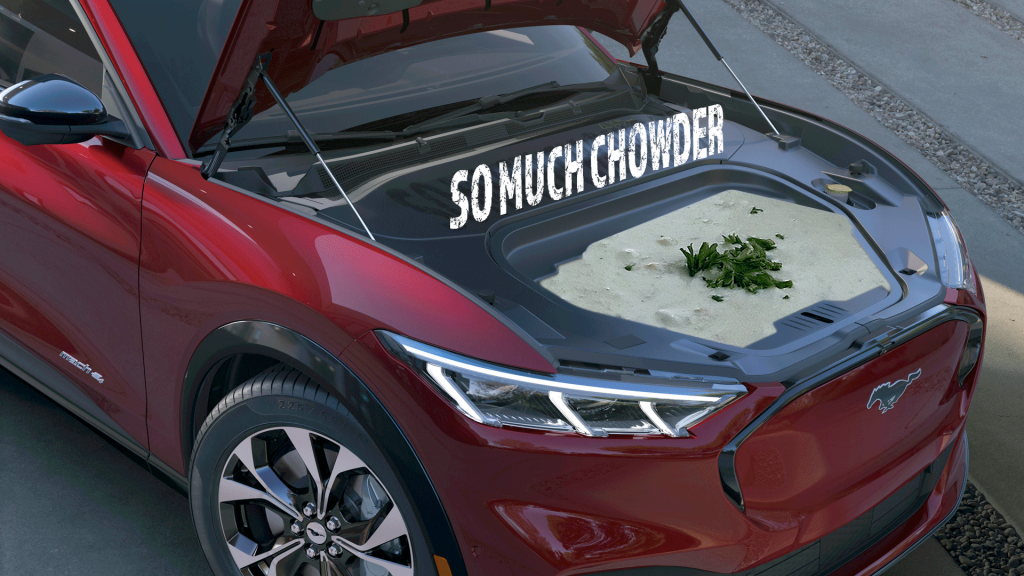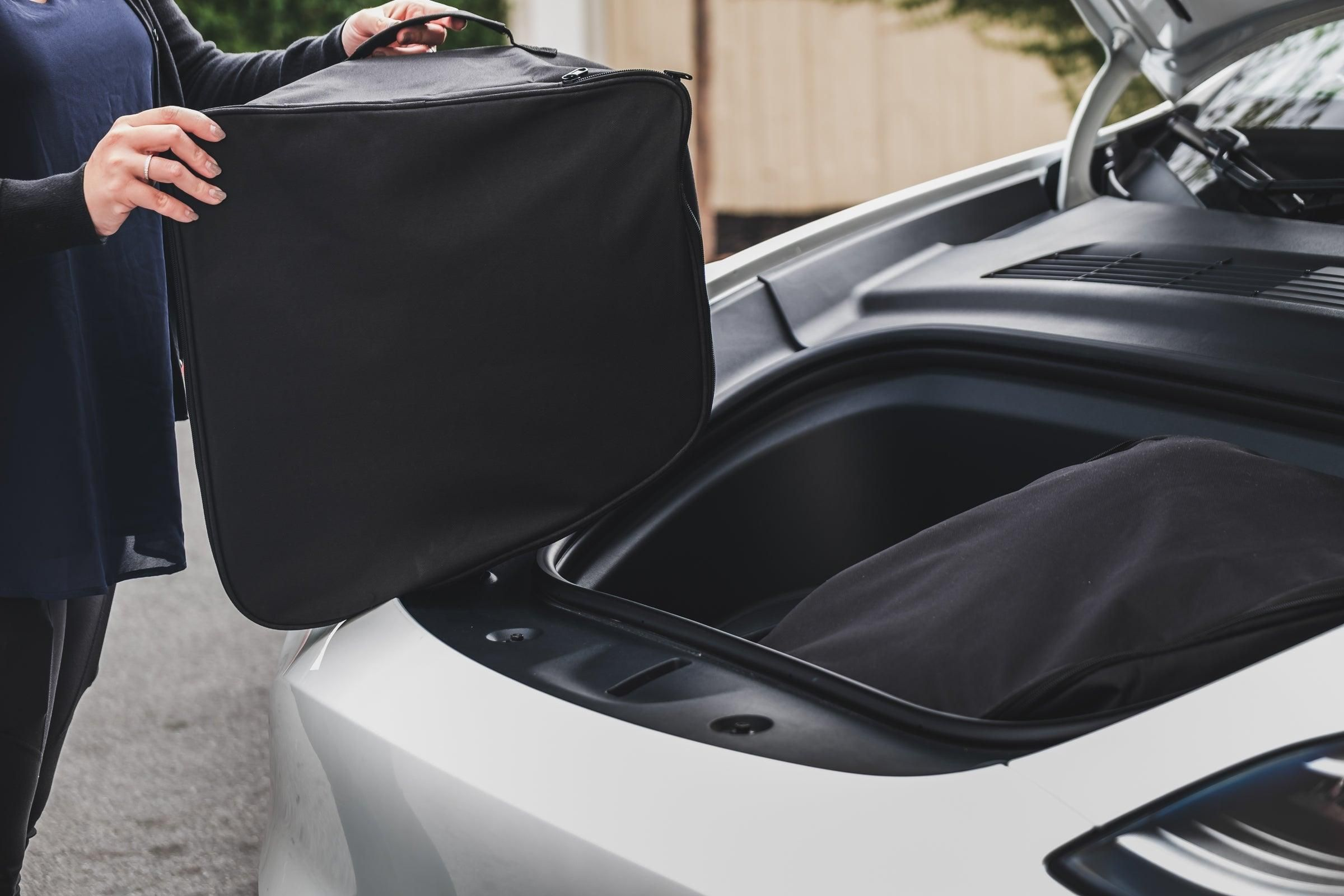
What is a Frunk and Why Should You Have One?
The term “frunk” is the latest nomenclature for a longstanding automotive component that is experiencing a resurgence. Delve into the concept behind it and discover its potential uses for your upcoming vehicle.
The history of frunks traces back to earlier times. Rear-engine cars like Volkswagen Beetles, Chevrolet Corvairs, Porsche 911s, and even the iconic yet short-lived Tucker 48 all featured frunks.
Tesla introduced the term “frunk” in 2012 to refer to the additional space located at the front of their electric vehicles (EVs). As EVs typically house their high-voltage batteries beneath the vehicle, these frunks have grown in size, rendering them practical for various applications such as shopping trips or transporting large luggage.
What Exactly Is a Frunk?
The term “frunk” is a portmanteau of “front” and “trunk.”
The origins of the term “trunk” are not unanimously agreed upon. Some theories trace it back to the 19th century, when people placed “travel trunks” on the back of horse-drawn carriages to transport goods and personal belongings. In the 1930s, certain vehicle owners attached actual steamer trunks to the rear of their automobiles. Over time, automobile manufacturers incorporated storage within the vehicles themselves, and the name “trunk” stuck.
Why Opt for a Frunk?
Similar to a traditional rear trunk, a frunk is ideal for carrying groceries, sports equipment, tools, or even a first aid kit.
Initially, frunks in EVs were smaller than the conventional trunks found in internal combustion engine (ICE) vehicles. As ICE vehicles became more compact to enhance fuel efficiency, their trunks also reduced in size, resulting in EV frunks that are comparable in size to modern trunks.
While EVs still come equipped with a standard rear trunk, automakers recognized the advantages of providing additional practical space at the front of the vehicle. This decision has helped familiarize EVs with the established expectations of car buyers accumulated over decades.
Frunks are progressively expanding in size; recent full-size EV pickup trucks can accommodate two full-size coolers. Furthermore, innovative features are being incorporated, including:
Dividers that can be removed to create a single, large cargo area; Removable, composite water-resistant inserts with drainage, simplifying cleaning; USB and 120-volt charging ports; Slide-out drawers or toolboxes; Concealed storage compartments; A payload capacity of up to 400 pounds; Integrated interior lighting to facilitate loading and unloading cargo during nighttime.
However, one limitation of a weatherproof frunk is the lack of air circulation. This could raise questions about storing certain items, such as food, water, clothing, or a battery jump starter, for extended periods.

How to Open and Close a Frunk
Operating a frunk is akin to managing a conventional hood. Typically, frunks can be opened by pulling on a lever or cable from inside the vehicle cabin. Depending on the specific year, make, and model, a frunk can also be opened using methods such as the key fob, an interior switch, touchscreen controls, or even a dedicated smartphone app provided by the vehicle’s manufacturer.
The process of closing and securing a frunk lid is akin to that of a standard hood:
Lower the lid to a position roughly six inches above the latch. Release your hands and allow the lid to descend until it engages with the safety latch. Apply firm downward pressure two or three times, using your palms on the front edge of the lid to ensure proper latching. Subsequently, pull up on the lid to verify that it has been securely latched and locked into place. In instances where an EV lacks a lever or cable for frunk access, it may remain inaccessible if the 12-volt battery becomes depleted. Some manufacturers incorporate a connector located behind a removable bumper plug, which can supply power to the battery, thereby facilitating frunk access or door opening.
Additional Advantages of a Frunk
Beyond its supplementary storage capacity, a frunk can also contribute to the safety of both drivers and passengers. Operating as a form of crumple zone, it absorbs a portion of the energy generated during collisions, thus safeguarding occupants within the cabin.
Storing items within a frunk can facilitate a more balanced distribution of vehicle weight, leading to improved handling. However, it is essential to never exceed the Gross Vehicle Weight Rating (GVWR) of the vehicle. The GVWR encompasses the combined weight of the vehicle itself, occupants, fuel, and cargo. This rating can typically be found on the tire and loading information label affixed to the vehicle or within the owner’s manual.
